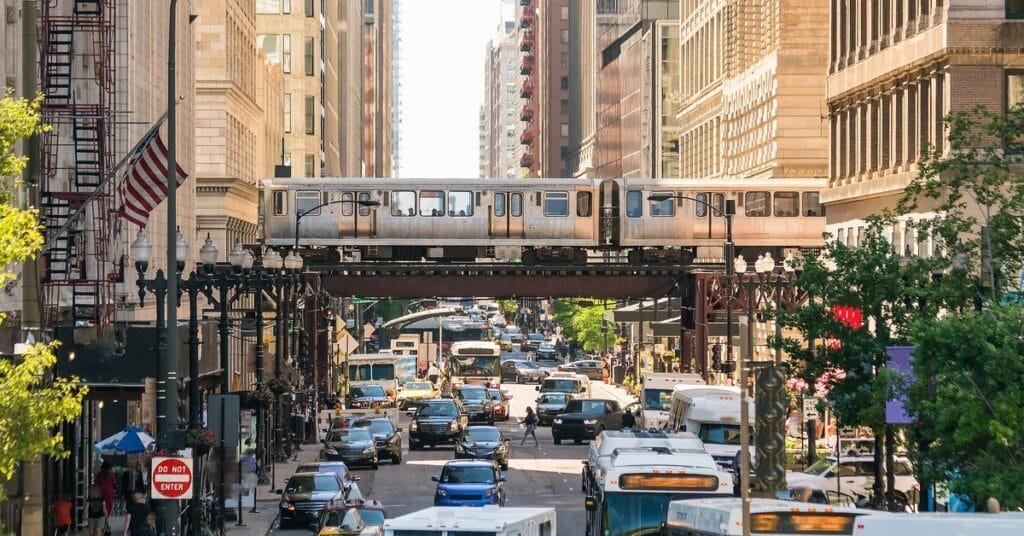Visiting Chicago means experiencing one of America’s most vibrant cities, but it also means dealing with some challenging traffic conditions. Whether you’re planning to rent a car, use public transportation, or rely on ride services, knowing the best practices for navigating Chicago traffic as a tourist will make your visit more enjoyable. These practical strategies will help you avoid common pitfalls so you can get to your destinations without unnecessary delays.
Plan Your Routes During Off-Peak Hours
Chicago traffic follows predictable patterns that smart tourists can use to their advantage. Rush hour runs from 7–9 AM and 4:30–6:30 PM on weekdays, with Friday afternoons often staying congested into the evening. Planning travel outside these times can save you significant time.
The roads are clearest before 7 AM and after 8 PM. If you must drive during peak hours, add at least 30 minutes to your trip. Weekend traffic is lighter, though popular spots like Navy Pier and Millennium Park can still get crowded.
Schedule downtown activities for midday, when commuters have reached their destinations. This is an ideal time to visit museums, shops, or restaurants not reliant on evening crowds.
Choose Alternative Transportation Methods Strategically
The Chicago Transit Authority’s L trains cover most major tourist spots and often beat traffic. The Orange and Blue lines connect directly to Midway and O’Hare airports, respectively, making them ideal for transfers. Learning the basic L map in advance gives you reliable alternatives during heavy traffic.
In downtown Chicago, walking is often faster than driving short distances, especially in peak traffic. The city’s grid system is easy to navigate, and many attractions are within walking distance. Michigan Avenue, State Street, and the lakefront path offer pleasant routes connecting multiple landmarks.
When you do need door-to-door service, a private car service beats a rideshare in Chicago traffic because professional drivers know alternate routes and have experience timing their trips around congestion patterns. They also provide more predictable pickup times compared to surge-pricing rideshare apps during busy periods.
Learn the Local Street Layout and Shortcuts
Chicago’s grid system is easy to navigate once you know the basics. State Street runs north-south, and Madison Street serves as the east-west divider. Street numbers increase as you move away from these lines, helping you estimate distances and directions.
For faster north-south travel, try Wells or Franklin Street instead of the often-congested State Street. For east-west routes, Grand Avenue and Ohio Street are good alternatives to busier streets like Chicago Avenue or North Avenue.
Lake Shore Drive offers scenic lakefront views but gets crowded during events at Soldier Field, Navy Pier, or the beaches. Having inland backups will keep you moving during heavy traffic. Knowing when to avoid certain areas is key during major events, festivals, or construction.
Make Your Chicago Visit Smoother
Successfully managing Chicago traffic as a tourist comes down to preparation and flexibility. With these tips for navigating Chicago traffic as a tourist, you’ll spend less time stuck in traffic and more time discovering what makes Chicago such a compelling destination.
